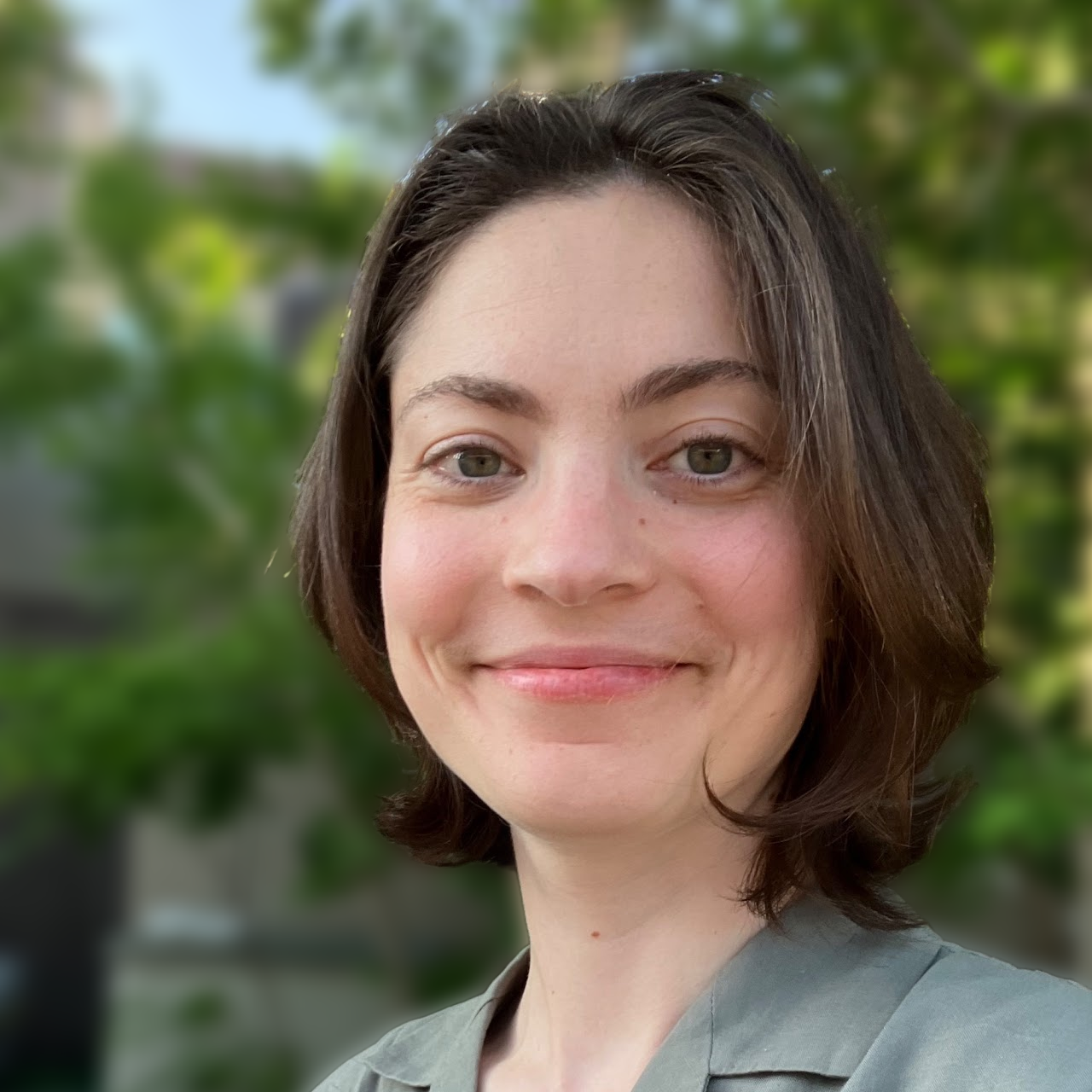"Interaction-enabled readout of anisotropic quantum projection noise in a two-dimensional ensemble of solid-state spins"
Achieving full quantum control of materials at the atomic scale is a challenging but exciting prospect. Motivated by this goal, we demonstrate progress towards generating spin-squeezed entangled states in an interacting ensemble of nitrogen-vacancy (NV) centers in diamond. Spin-squeezing describes a reduction in quantum spin projection noise (QSPN) which is useful for metrology, and bringing NV centers into the realm of entanglement-enhanced sensing will build on their well-established strengths as quantum sensors for condensed matter systems. Harnessing crucial recent developments in sample fabrication [Hughes et al. APL Materials (2023)], I will first present measurements of mean-field quench dynamics generated by power-law XXZ interactions within a two-dimensional ensemble of NV centers. The same dynamics also reshape (squeeze) the QSPN, but because the readout of the spin state is photon-shot-noise-limited, only the mean spin direction can be directly measured. We thus develop and implement a protocol to circumvent this problem and experimentally characterize the variance of the QSPN using only global measurements of the total spin length. Our method is furthermore broadly applicable to a variety of platforms. Our measurements reveal that the QSPN of the NV ensemble is indeed reduced during quench dynamics compared to the noise of the initial state, a necessary condition for achieving entanglement-enhanced sensing. I will discuss our current work on the next step: to verify that the spins are entangled by showing that the squeezing parameter, which compares the variance of the QSPN to the length of the total spin vector, is less than one. In particular, I will analyze what limits our current measured value of the squeezing parameter and discuss strategies for improvement.
